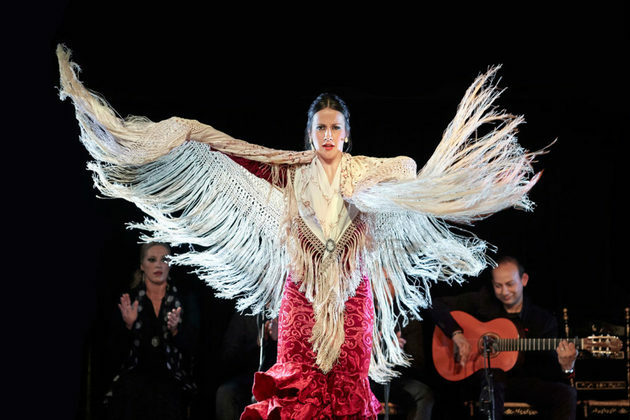The circus is an artistic and popular manifestation that consists of a group of artists, with different abilities, who usually present themselves in itinerant shows, that is, going through several cities.
These circus companies usually include jugglers, contortionists, magicians, clowns and other characters who seek to entertain and surprise the audience.
Circus Origin

There are signs that the circus arts were already practiced 4,000 years ago in various ancient civilizations, from China, Greece, Egypt and India.
However, it was in the Roman Empire that the circus developed along similar lines to what we know today.
So much so that the word circus comes from Latin circus, which means "circle" or "ring". The term refers to the Roman arenas, places where sports and fights were practiced.
The first big circus that is known was the Circus Maximus, built around the 4th century BC. Ç. during the
Ancient Rome. The structure had a capacity of 150,000 people and featured chariot races, gladiator fights, performances with ferocious animals and people with unusual talents.After a fire that destroyed it, the Circus Maximus was replaced in 40 BC. C., by the Coliseum. This new arena also featured the same performances, but for a smaller audience.

With the arrival of Middle Ages and the fall of the Empire of Rome, performances by popular artists began to appear in public spaces such as squares, church entrances and fairs.
According to Professor of Performing Arts and Circus Techniques at the State University of Campinas (Unicamp), Luiz Rodrigues Monteiro:
Thus were born the families of acrobats, who traveled from city to city to present their comic numbers, fireworks, juggling, dance and theater.
Despite all this process, it was only in the 18th century, in England, that circuses gained modern characteristics, with arenas presenting the types of circus arts we know.
A milestone in the history of the circus was the Royal Amphitheater of the Arts, created by the English knight Philip Astley, in 1768. In this amphitheater there were shows with horses and between one performance and another there were displays of juggling and clowning.
This model of presentation was very pleasing to the public and started to be reproduced in other arenas all over the world.
the circus in Brazil

The history of the circus in Brazil began in the 19th century. It was during this period that many European families came to the country and gathered in ghettos. Thus, they shared the collective life and manifested their circus skills.
The Brazilian circus is closely related to the gypsy communities, who led a nomadic life, always moving around. There were presentations to the public with attractions such as illusionism and taming ferocious animals.
The shows were always made respecting the taste and interest of the spectators. Because of this, the "clown" gained different characteristics from the European character, who is quieter there, performs more mimes and has a subtle humor.
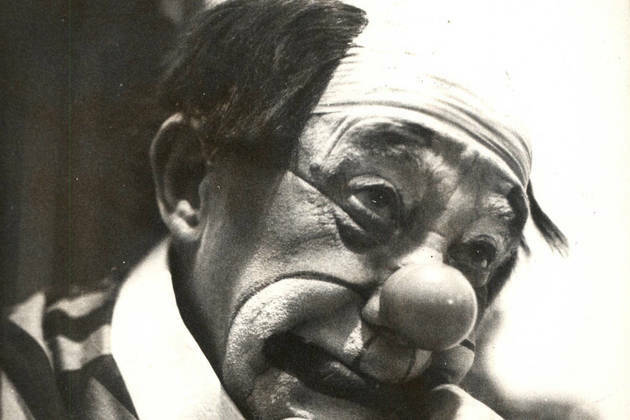
Here, the clown already has more effusive characteristics, is very talkative and usually uses sneaky humor.
Clowns that were very successful in Brazil were Piolin, Arrelia, Carequinha, Fuzarca and Torresmo.
circus characters
The circus has many performances and artists with diverse abilities. Learn a little about some of these attractions and their characters.
clowns
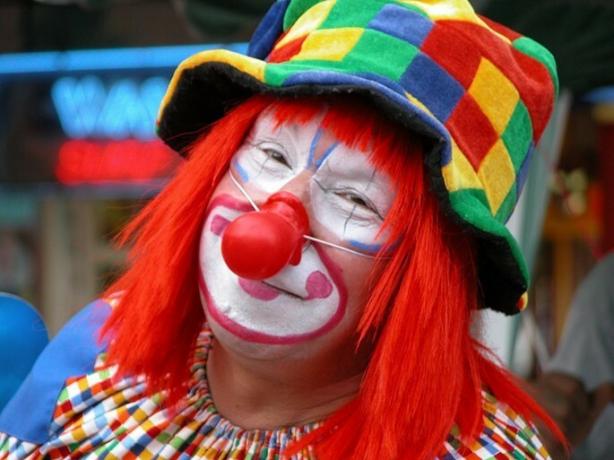
The clown is an innocent and fun figure that has been in people's minds for a long time.
The origin of the character, with characteristics closer to what we have today, dates back to Ancient Egypt, in 2,500 BC. Ç. There are also indications that they existed in Greece, Rome, China and other civilizations, such as the Aztec, in Latin America.
It is worth remembering the existence of comic figures who were close to kings and emperors, always with the intention of provoking laughter and entertainment, as in the case of court jesters.
jugglers

The art of juggling was also practiced in ancient times in religious ceremonies.
In Ancient China, rotating plates were already used, balanced on wands. In Greece and Egypt, the preference was for balls and later for lit torches.
Magicians (or illusionists)

The origin of illusionism dates from 2000 a. a., reported in Egyptian documents.
There were also illusionists during the medieval period in Europe who were singled out as wizards and witches. It was only later, in the 19th century, that this art was recognized and could develop.
trapeze artists
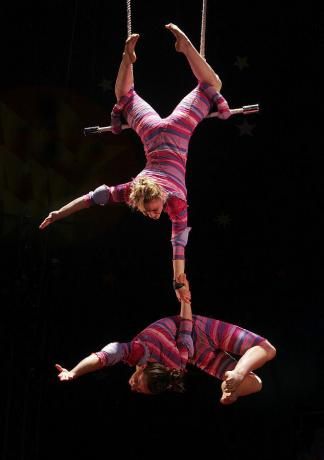
The trapeze is a technique that requires a lot of trust among the people who participate. Because of this, the numbers are usually performed by members of the same family.
The jumps are made at least 10 meters high, underneath there is a trampoline for precautionary and safety reasons.
contortionists
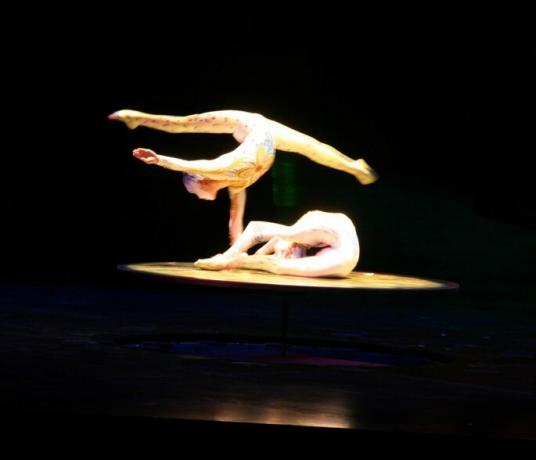
In Ancient Greece, contortionism had been practiced for at least 2,500 years.
In addition, records indicate that this was a practice used in China as part of warrior training more than 5,500 years ago.
animal tamers

In Ancient Egypt, some warriors who went out in search of new territories sometimes encountered wild animals and managed to tame them. Then, when they returned to their place of origin, they took the animals and showed them to people.
The word "tamer" comes from the Latin tame, which means "to tame, to dominate", this in turn derives from domus, "House". So, the art of taming animals suggests that they would be so tame that they could live in homes with people.
Nowadays, modern circuses usually no longer use animals in their performances, as there were many cases of mistreatment.
Tightrope Balancers

This art appeared in China and dates back to at least 108 BC. Ç. During a celebration at the emperor's palace, some artists performed with acrobatic and tightrope numbers.
The audience was very surprised, which meant that these exhibitions were held frequently.
Sword swallowers
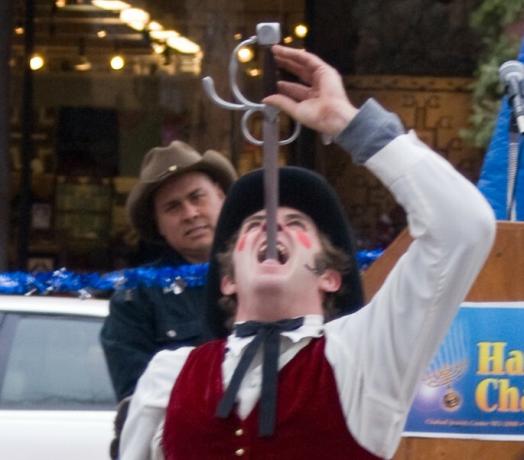
This is one of the attractions that most impresses the audience. To accomplish the feat, the artist needs to have a lot of body awareness and masterfully level the mouth, throat and esophagus so that the sword does not cause any piercing.
Swords of 2 cm in width and length of 38 to 51 cm are generally used.
Curiosities about the circus
Below are some curiosities related to the circus universe.
- Did you know that on March 27th the Circus day in Brazil? The date was chosen because it is the birthday of the clown Piolin, born in the year 1897.
- December 10th is also a festive date for the circus, as it is Clown Day.
- On January 31, it's time to pay homage to illusionism, with the Magician's Day.
You may also be interested:
- History of Theater in Brazil
- History of Dance in Brazil
- Music history
- Urban art


